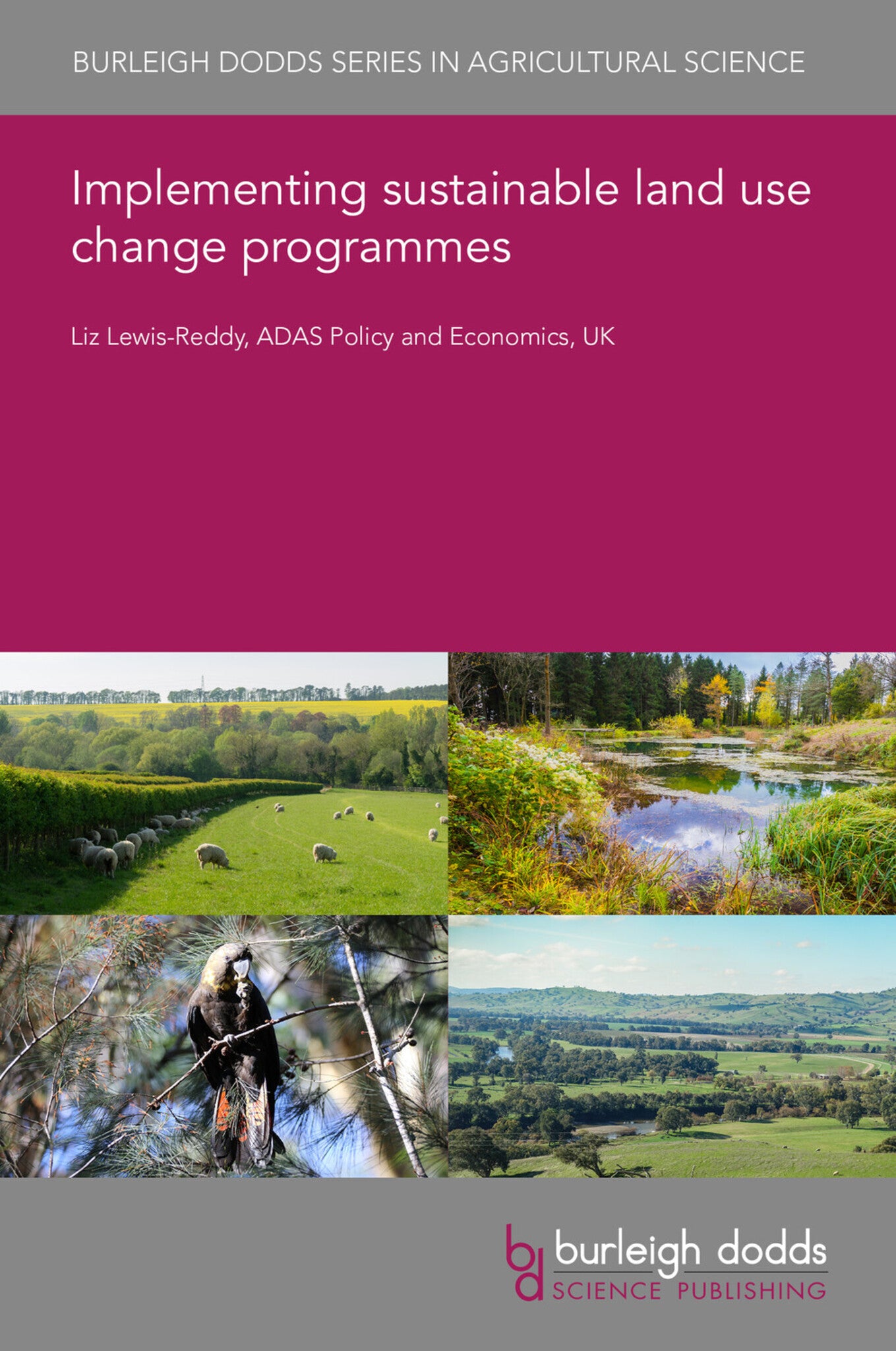We're sorry. An error has occurred
Please cancel or retry.
Implementing sustainable land use change programmes

Some error occured while loading the Quick View. Please close the Quick View and try reloading the page.
Couldn't load pickup availability
- Format:
-
15 November 2024

This chapter covers implementing sustainable land use change programmes. It explores how these schemes have evolved alongside the principles of sustainable land management, how they are shaped by the culture of the UK nations within which they develop, and how the role and importance of the landowner has changed from a passive recipient of instruction to an active participant in the design process. A case study scheme is also described whose ambition of economic viability achieved through ecologically resilient land management enables us to explore the challenges and opportunities associated with achieving sustainable land management.

NATURE / Environmental Conservation & Protection, Biodiversity, NATURE / Ecosystems & Habitats / General, TECHNOLOGY & ENGINEERING / Agriculture / Sustainable Agriculture, TECHNOLOGY & ENGINEERING / Agriculture / Agronomy / Crop Science, Restoration ecology / rewilding, Sustainable agriculture, Agronomy and crop production

- 1 Introduction
- 2 Sustainable land (SLM) management in a British context
- 3 Evolution of the concept of SLM: from from landscape protection to ecosystem service delivery
- 4 Challenges and lessons from implementing SLM programmes
- 5 Building capacity and capability within the farm business
- 6 Building capacity and capability around the farm business
- 7 Case study: Pumlumon Project
- 8 What the future could look like
- 9 Conclusion and future trends
- 10 Where to look for further information
- 11 References



